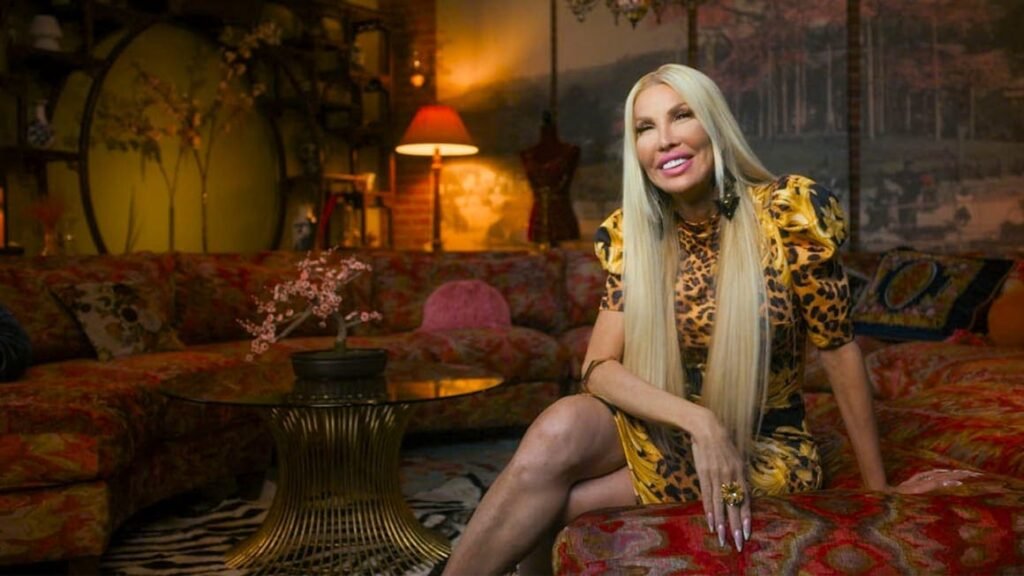
The tragic tale of Miriam, whose life and career were marred by the invasive nature of reality television, serves as a poignant reminder of the potential perils within the entertainment industry. Miriam’s journey from a hopeful participant to a reality star whose life ended in tragedy encapsulates a broader critique of celebrity culture and media exploitation.
Contents
Rise to Fame
Miriam first captured the public’s attention through her vibrant personality and undeniable charisma, qualities that made her an ideal candidate for reality TV. She appeared in a show that promised fame and fortune but at a cost she hadn’t anticipated. The series, which focused on dating and relationships, included a twist that was both deceptive and ethically dubious, impacting Miriam’s public image irreparably.
The Show’s Controversial Nature
The reality show that featured Miriam was initially popular for its entertainment value and dramatic content. However, it soon became notorious for its premise, which involved deceiving the participants and, by extension, its audience. Miriam, at the heart of this deception, faced public backlash and personal turmoil once the true nature of the show was revealed.
The Impact of Public Scrutiny
Following the show’s conclusion, Miriam endured significant public scrutiny. The stress of constant media attention and the harsh judgment of the public took a heavy toll on her mental health. Despite brief periods of positive public engagement, the overwhelming negative press and social media backlash were far more defining of her post-show experience.
The Decline and Tragic End
Miriam’s struggle with fame’s darker side led to a decline in her well-being. Isolated from genuine support and unable to escape the stigma of her reality TV stint, she faced profound challenges that ultimately led to her untimely death. The circumstances surrounding her passing sparked conversations about the responsibilities of television producers and the need for greater care in how reality TV participants are treated.
Reflecting on the Lessons Learned
Miriam’s story is a tragic example of the potential consequences of reality television’s exploitation. It highlights the need for reality TV to reform, prioritizing the well-being and dignity of participants over sensationalism and ratings.
FAQs About Miriam and Reality TV’s Impact
What can be done to protect reality TV stars from similar fates? Ensuring psychological support, transparent agreements, and respectful treatment can safeguard participants’ well-being.
How has the industry changed since Miriam’s time? There’s a growing call for ethical reforms in reality TV, including better support systems and more stringent regulations on content and participant treatment.
Can the public play a role in supporting reality TV stars? Yes, viewers can advocate for respectful treatment of reality TV stars and critically assess the content they support, fostering a healthier entertainment culture.
Conclusion
Miriam’s death is a sobering reminder of the cost of fame and the often unseen human toll of reality television. As audiences and creators in the entertainment industry, it is crucial to reflect on the impact our consumption and production choices have on the individuals behind the performances. Miriam’s legacy, marked by both her vibrant life and tragic end, urges a reevaluation of the values we champion in our pursuit of entertainment.